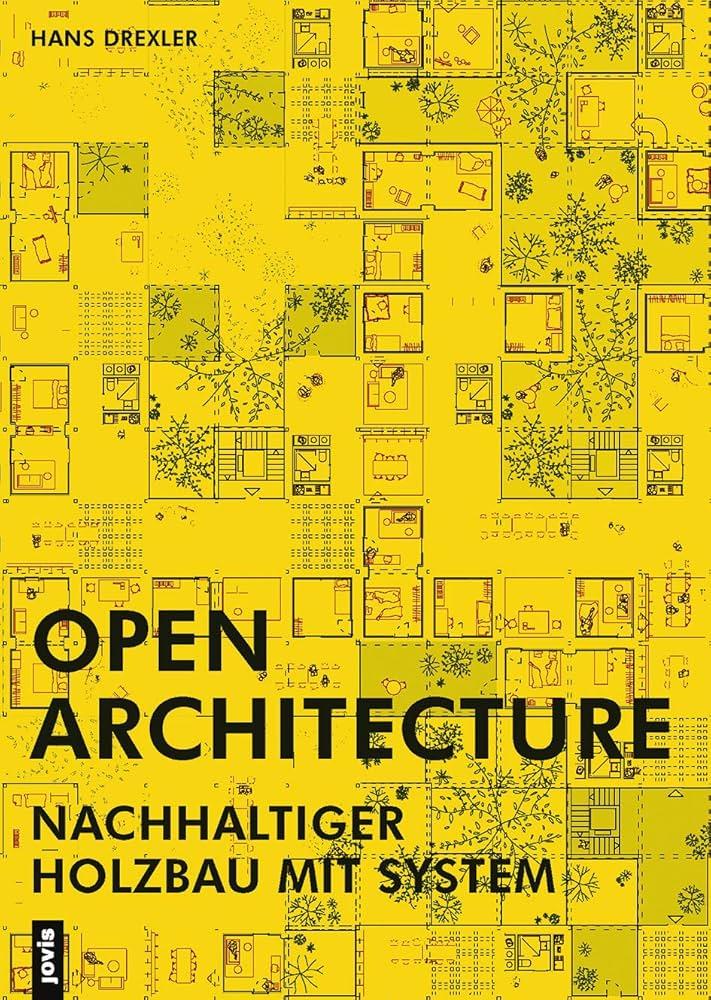Revolutionizing Financial Services: The Impact of Open Architecture and Advanced Technology
As institutional investors navigate an ever-changing landscape, the need for innovative solutions has become increasingly vital. Open architecture emerges as a transformative framework that not only encourages collaboration among various financial service providers but also paves the way for advanced technologies to flourish. This article examines how the integration of open architecture with state-of-the-art technology is reshaping model delivery, optimizing workflows, and refining investment strategies within the financial sector. By exploring this intersection, we will highlight the significant benefits and opportunities it offers to institutional investors aiming to excel in a complex market.
Unlocking Opportunities in Financial Services through Open Architecture
In today’s fast-paced environment where adaptability and innovation are crucial, leveraging open architecture is revolutionizing financial services. This model promotes a collaborative ecosystem that enables firms to incorporate diverse solutions and services, resulting in a more cohesive experience for clients while boosting operational efficiency. Financial institutions can access top-tier technologies and platforms that foster collaboration, encourage customization, and enhance delivery speed. With the flexibility to choose preferred vendors and tools, organizations can swiftly respond to market dynamics without being hindered by outdated systems.
The transition towards open architecture significantly enhances how next-generation technology is delivered within financial services. By emphasizing interoperability and scalability, institutions can utilize advanced analytics, machine learning (ML), and artificial intelligence (AI) to extract actionable insights from data. This capability not only empowers firms with informed decision-making but also enriches client experiences through tailored offerings. The table below illustrates how operational strategies are influenced by adopting open architecture:
| Aspect |
Status Pre-Open Architecture |
Status Post-Open Architecture |
| Service Integration |
Difficulties due to fragmentation |
Simplified integration process |
| Pace of Innovation |
Lethargic progress |
<
Dynamically responsive |
<
<
Date Utilization
<
/table><
Leveraging Next-Gen Technologies for Superior Model Delivery
The rapid advancement of technology necessitates integrating next-generation solutions into model delivery systems effectively. This progressive approach employs cutting-edge tools and methodologies that lead to substantial gains in efficiency as well as accuracy. By incorporatingA.I., ML,
& cloud computing,
, organizations are not merely improving their operational functions; they are redefining possibilities regarding data analysis & decision-making processes.
This technological evolution facilitates seamless execution of intricate models enabling companies to react promptly & accurately amidst market fluctuations.
The advantages stemming from this technological progression include:
<
- Scalability: Cloud-based frameworks allow swift deployment at scale meeting increasing data demands from financial entities.
-
<
- Collaboration Enhancement: Open architecture cultivates teamwork across different locations & disciplines.
-
<
- Real-Time Insights: Integrating real-time analytics equips decision-makers with up-to-date information enhancing responsiveness during market shifts.
-
<
<
<
Technology<
/th >
<
| Advantage<
/th >
<
/tr >
<
/thead >
<
|
<<
<
| A.I.& ML<
/t |
<<
/table >
Strategic Insights for Flawless Integration in Institutional Investment
Aiming for seamless incorporation of open architecture into institutional investment frameworks requires several key strategic insights:
First off establishing strong partnerships with tech providers is critical focusing on integrating next-gen platforms enhancing accessibility while streamlining communication among stakeholders.
Institutions should prioritize investing in real-time analytics capabilities allowing informed decisions based on comprehensive market insights.Additionally creating dedicated teams overseeing implementation along continuous evaluation fosters an innovative agile culture.
An emphasis on client-centric approaches ensures service offerings align with diverse investor needs.This can be achieved via flexible customization models adapting services according client preferences.Furthermore institutions should consider these tactics enhancing their model delivery:
<<
>
<<
>
<<
< / th >>
<<
| < / th >>
<<
/ tr >>
/
thead >>
/
tbody >>
<<
| >
| >Strategic Partnerships<< / td >>
| >Boosted resource efficiency alongside tech leverage<< / td >>
<>
<>
<>
/
tr >>
/
tbody>>
<
>
Conclusion: Embracing Change for Future Success
In today’s rapidly changing finance landscape ,open architectures combined alongside next-gen technologies represent essential elements reshaping value delivery amongst institutional investors . As discussed ,the synergy between innovative tech solutions coupled flexible frameworks allows firms adapt thrive amidst complexities present within markets .
Through this transformative lens it becomes evident embracing change isn’t just optional—it’s imperative if institutions wish enhance portfolio performance improve service quality . Looking forward potential synergies between open architectures emerging technologies will continue expand offering unprecedented growth opportunities .
The journey towards more agile responsive investment models has begun .By harnessing principles surrounding openness along capabilities provided by modern advancements ,institutional investors aren’t simply reacting demands—they’re actively shaping future finance . While challenges uncertainties lie ahead having appropriate tools strategies established promises dynamic inclusive investment environments reachable soon enough . Bright futures await endless possibilities lie ahead .
| |
